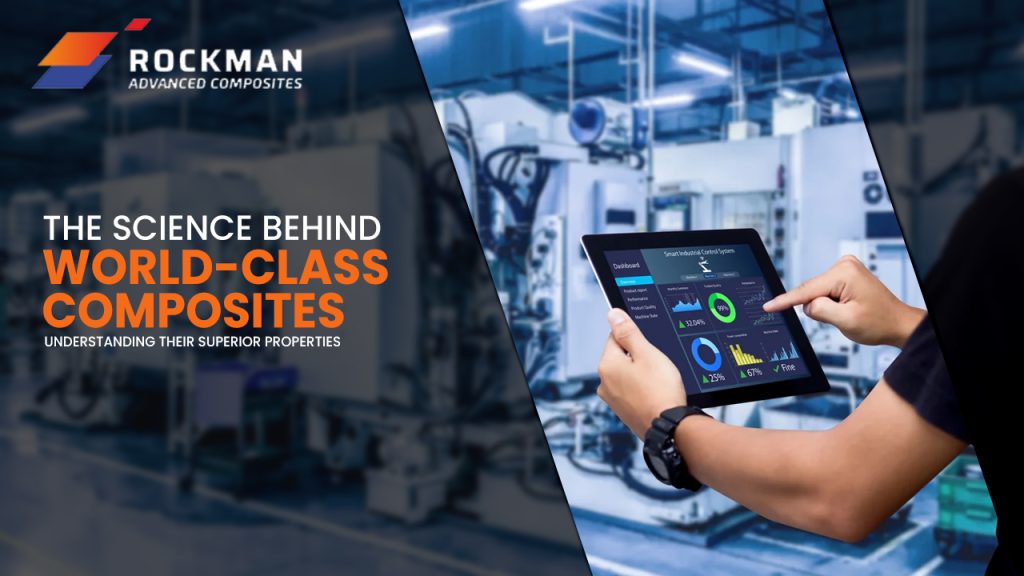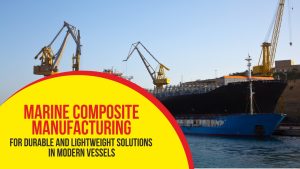The composite journey is a testament to human creativity, spanning eras and crossing diverse civilizations. This journey narrates the significance of composites in different eras as well as gives insight into the principles guiding the designing and manufacturing of world-class modern composites. The key turning point in the composite journey has been the development of synthetic resins in the late 19th century. It was during this era that the path was paved for the modern era of world-class composite materials that have redefined the standards of strength, durability, and performance. World-class composites have emerged as extraordinary and high-performance materials that find usage across diverse industries. Superior properties and cutting-edge applications have made this material a preferred choice in the advanced engineering field.
About World Class Composites
World-class composite materials are marvels of material science, born from the union of two or more constituent materials having significantly different physical or chemical properties. The union results in a world-class material boasting superior and distinctly different characteristics from its individual components. Composites usually comprise a binding material called matrix and reinforcement providing strength and rigidity to the composites. The new material exhibits exceptional chemical, mechanical, and thermal properties and some examples of world-class composites include fiber-reinforced polymers, ceramic matrix composites, and metal matrix composites. Each composite material has special characteristics that are ideal for a specific application.
Key Properties of World-Class Composites
Engineers, designers, and researchers while considering world-class composites for specific applications should be aware of the advantages of composite materials. Understanding the benefits of composites is vital for engineers and designers so that they make the best use of this material and contribute to their effective application. Some of the significant advantages of world-class composites include:
High Strength-to-Weight Ratio – The most striking feature of composites is their remarkable strength-to-weight ratio. World-class composite is extremely lightweight compared to metals yet provides the same or greater strength. Carbon fiber-reinforced polymer is a composite material that has the strength of steel but at just a fraction of the steel weight. This property of composites makes them beneficial and valuable for industries like aerospace and automotive where lightweight vehicles and aircraft are the need of the hour.
Superior Mechanical Strength – Composite materials because of their distinct structural character showcase excellent tensile and shear strength. The world-class composites are known for withstanding extreme forces without getting deformed because of the ideal alignment of reinforcement fibers, such as carbon or glass fibers. This property makes them perfect for high-performance applications like aircraft fuselages, bridges, and sports equipment.
Durability and Corrosion Resistance – World-class composites are known for excellent resistance to environmental degradation due to their inactive nature, this material is capable of withstanding exposure to extreme weather, harsh chemicals, and UV radiation. Due to such properties, composites are considered ideal for applications in chemical plants, marine environments, and aerospace components for long-term performance.
Tailored Properties for Specific Applications – The Composite’s greatest advantage is its customization facility that allows engineers to customize the composite properties by choosing a specific type of fiber, or matrix along with the manufacturing processes. Due to this, composites offer enhanced performance in diverse applications in renewable energy and biomedical fields.
Thermal and Electrical Insulation – World-class composites are known for excellent thermal insulation. This makes them preferred for use in industrial ovens, spacecraft, and fire-resistant structures. Besides, composites also have high electrical conductivity for electronic applications or act as insulators for high-voltage components.
Vibration and Noise Damping – This material is known for excellent vibration and acoustic damping which makes this material valuable for industries like aerospace, automotive, and industrial applications, where noise and vibration reduction is required for optimizing comfort and operational efficiency.
Recent Developments for Creating World-Class Composites
With composites becoming a preferred material for a wide range of applications across diverse industries, engineers and researchers are continuously looking for development and innovation. The groundbreaking innovations have led to the continuous advancement in composite technology. Some of the developments that have brought world-class composites to the market include:
Nanotechnology – Nanotechnology has been used in the making of composite materials to improve toughness, strength, and multifunctionality. The nanoparticles or nanofibers are incorporated into the matrix with significantly enhanced properties.
3D-Printed Composites –3D printing with composites allows to creation of complex high-strength parts with enhanced fiber orientation, which is a significant advancement in composite. This technique allows for the creation of complex composite structures with minimal waste.
Sustainable Composites – The most viable developments in the composite material field have been the development of biodegradable and recyclable composites that reduce environmental impact.
End Note
The science behind world-class composites is their capability to enforce the best properties of different materials to create composites of unmatched quality and unparalleled performance. The composite materials have become indispensable across various industries because of their high strength, lightweight nature, and corrosion resistance features. The advancement in technology will lead to the creation of the next-gen of composites that will lead to innovation and result in the creation of durable, efficient, sustainable solutions for the future.








